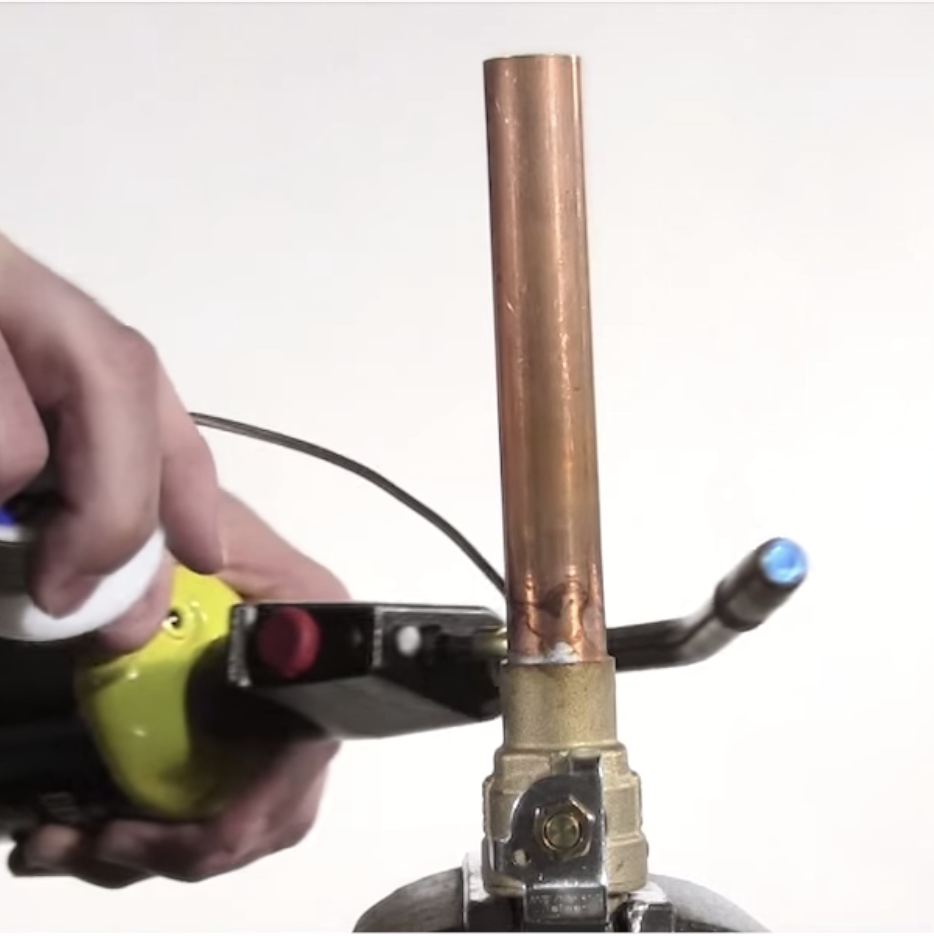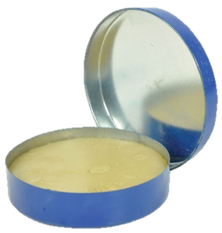Soldering 101

Soldering 101
A big portion of plumbing is the act of cutting, bending, and connecting pipes. In order to create a watertight and reasonably permanent connection, plumbers stand by a number of traditional methods for joining pipes. One of these trusty methods includes soldering.
As early as 5,000 years ago, there is evidence that soldering was being used to make jewelry items, cooking ware, cooking tools, and assembling stained glass. For centuries, soldering has been seen as one of the simplest and most widely used methods for securing metal joints and seams, especially in creating connections between copper pipes in plumbing systems, which includes water, waste, and vent piping.
The soldering process works in joining two or more metals together by melting or putting a filler metal (solder) into the joint. The filler metal has a lower melting point than the adjoining metal. Soldering differs from welding because it doesn’t involve melting the work pieces. Below are pros and cons surrounding this connection method:
|
Soldering Pros |
Soldering Cons |
|
|
All soldering calls for coating the metal with a flux before the solder is applied. Flux provides cleaning of the joint and can even act as a wetting agent in the soldering process. There are many different types of flux but plumbing applications typically use an acid-based (hydrochloric acid) flux. For complete step-by-step instructions on how to solder a plumbing valve, take a look at the ‘Soldering No-Lead Ball Valves’ McDonald How-To video below.
Pipes, valves, and fittings make up the heart of plumbing. Traditional connection methods such as soldering allow these components to be joined and make for an efficient plumbing system. For more information on the act of soldering plumbing components together, take our ‘Soldering’ AYU course.

